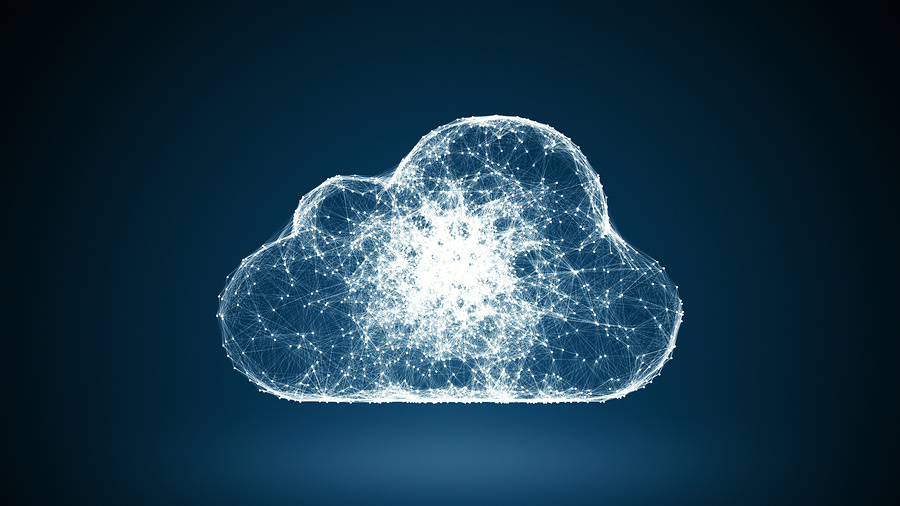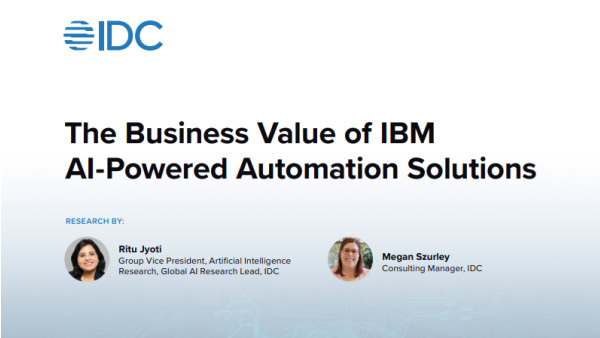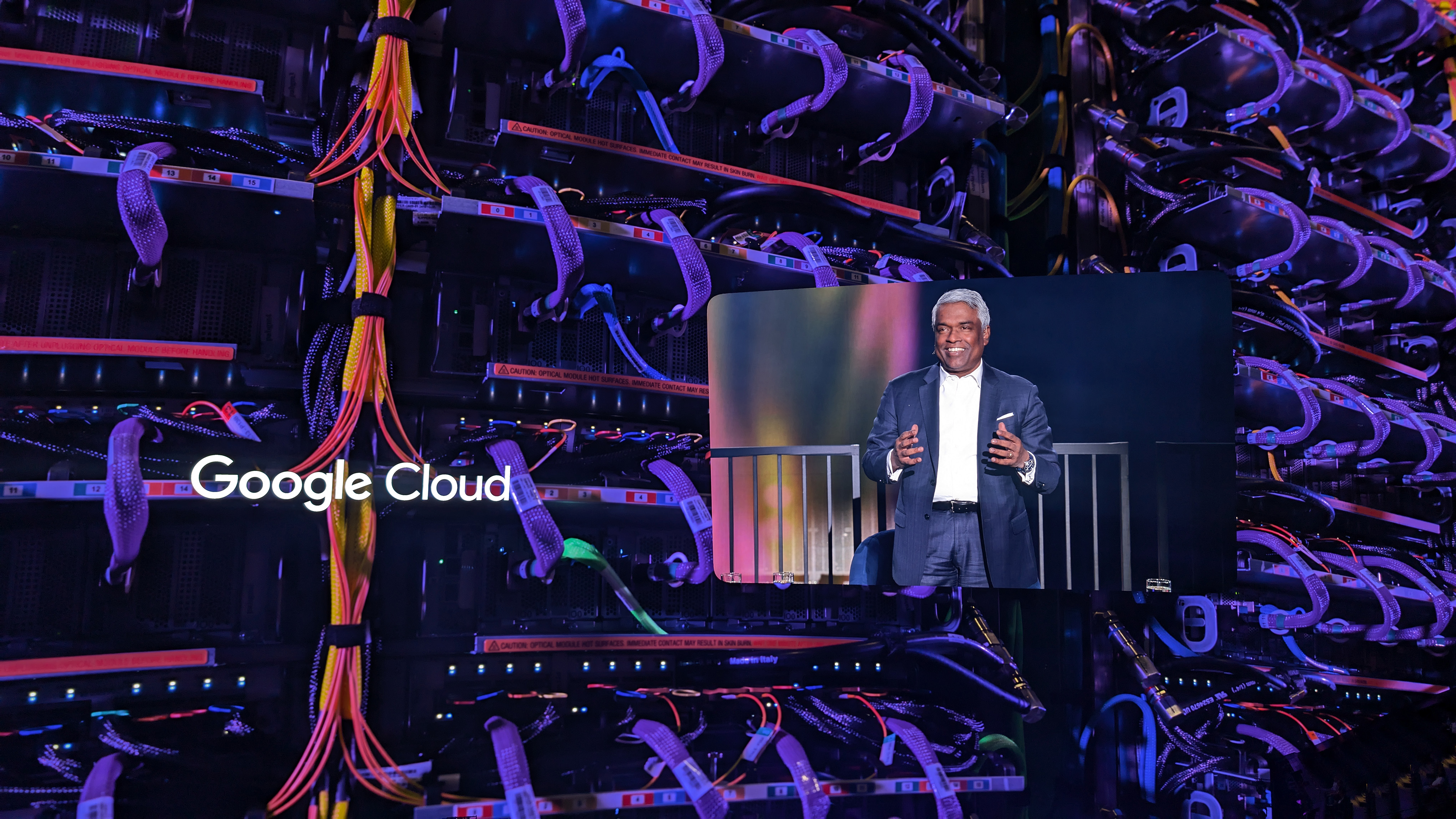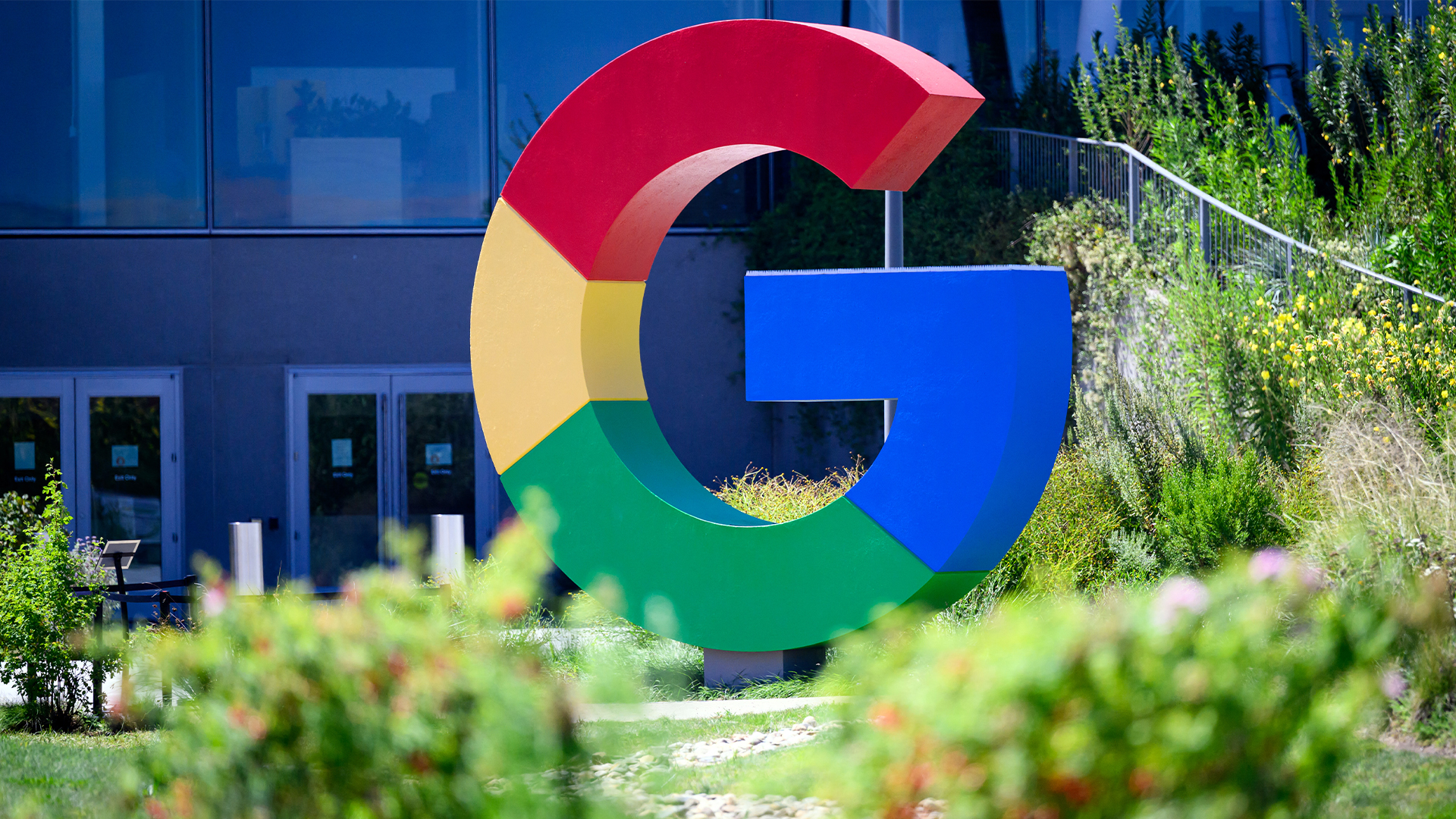After decades of data center trauma, tech giants have finally killed the leap second
From 2035, time will begin to fall out of sync with reality but, on the plus side, it’ll be much easier to run data centers
Keumars Afifi-Sabet

We all know the Earth takes 24 hours to complete one rotation. The only problem is that it doesn’t. A host of irregularities, caused by everything from the laws of angular momentum, to the tides, to even natural events such as earthquakes means, in any given year, our clocks could find themselves slipping ever so slightly out of sync with the observed reality.
READ MORE

That’s why, since 1972, scientists have occasionally voted to add a “leap second” to the calendar, either on 30 June or 31 December, to keep clocks reflective of our actual position in space. But all of this could be about to change. To date, they’ve added 27 seconds.
Following a vote at the 27th General Conference on Weights and Measures last November, however, scientists will no longer balance time by adding a leap second by 2035. This follows lobbying from the likes of Meta and Google.
But why are tech giants so desperate to rid the world of the leap second?
Why tech giants hate the leap second
“We’re supporting an industry effort to stop future introductions of leap seconds and stay at a current level of 27,” Meta’s production engineer Oleg Obleukhov and research scientist Ahmad Byagowi said in a blog post last year. “Introducing new leap seconds is a risky practice that does more harm than good, and we believe it is time to introduce new technologies to replace it.
“Because it’s such a rare event, it devastates the community eerie time it happens. With a growing demand for clock precision across all industries, the leap second is now causing more damage than good, resulting in disturbances and outages.”
RELATED RESOURCE

Get an understanding of the real business value of AI-powered automation and the opportunities available.
“After 50 years of doing this, we realise we suck at change management,” says Patrick McFadin, VP of developer relations at DataStax, a platform for real-time application development.
Sign up today and you will receive a free copy of our Future Focus 2025 report - the leading guidance on AI, cybersecurity and other IT challenges as per 700+ senior executives
The problem is that, in the modern world, every second really does count, as data centers rely on split-second accuracy to keep systems up and running. “If you look at all the outages that have happened in every cloud, most times it's because of a human,” says McFadin. “Rarely are they because of something big, like a hurricane or a tornado. We plan for those.
“The data center loses power, we can handle that. But if somebody changes one line on a configuration file and hits enter…”
What will happen after 2035?
What makes leap seconds particularly tricky for systems to deal with is that unlike a 29 February rolling around once every four years, they’re fundamentally unpredictable – and only happen in response to natural events.
Time cannot go backwards, that's not okay
Patrick McFadin
Reddit, for example, sustained an outage in 2012 due to a leap second, with the site inaccessible for 30 to 40 mins. The time change caused the high-resolution timer to be confused, which caused the servers to behave erratically, locking the CPUs. Cloudflare also sustained outages due to the leap second in 2017, with a bug knocking some servers offline.
“Our infrastructure isn't built with the idea that it can deal with leap seconds,” says McFadin. He describes how one difficulty is that leap seconds mean violating some of the core checks normally put in place to, for example, ensure database transactions are authentic.
This runs head first into a potentially dangerous hypothetical: there’s no reason why, under the current system, scientists couldn’t determine that in response to some natural phenomena that a second needs to be not added – but removed.
“Time cannot go backwards, that's not okay,” says McFadin.
READ MORE

“If we manually reduce time by a second, all those checks come into play, and a system will be like, ‘oh, something broke’, and it'll lock up.”
There’s one lingering question, however. What happens after 2035 when the changes come into force? Won’t that cause a big difference between observed time and our own time keeping? The good news is scientists estimate that, by the end of the century, we’ll only have drifted by a minute – and even better, it will be someone else’s problem.
- Keumars Afifi-SabetContributor
-
 Can the ‘microshifting’ trend work in the tech sector?
Can the ‘microshifting’ trend work in the tech sector?In-depth Research shows that employees want to break up their working days into short, flexible blocks – here’s how tech leaders can implement what’s being coined as ‘microshifting’
-
 Brother DCP-L1640W review
Brother DCP-L1640W reviewReviews This compact mono laser multifunction looks perfect for home workers, but is its appeal more than skin-deep?
-
 Google drops $4.75bn on data center and energy firm Intersect
Google drops $4.75bn on data center and energy firm IntersectNews The investment marks the latest move from Google to boost its infrastructure sustainability credentials
-
 What is a tensor processing unit (TPU)?
What is a tensor processing unit (TPU)?Explainer Google's in-house AI chips are the most notable alternative to Nvidia at the enterprise scale
-
 Google opens doors on UK data center ahead of Trump visit
Google opens doors on UK data center ahead of Trump visitNews The Waltham Cross data center opening comes alongside £5 billion in investment across the country
-
 Google just confirmed the location of its first small modular reactor
Google just confirmed the location of its first small modular reactorNews Developed by Kairos, Google's first small modular reactor will be located in Tennessee, with operations beginning in 2030.
-
 Google says it will pause AI data centers to help overloaded grids
Google says it will pause AI data centers to help overloaded gridsNews Agreements with two utility companies will reduce AI data center demand during peak consumption times
-
 Meta is working on a 5GW data center to supercharge AI infrastructure – and Mark Zuckerberg says one cluster alone ‘covers a significant part of the footprint of Manhattan’
Meta is working on a 5GW data center to supercharge AI infrastructure – and Mark Zuckerberg says one cluster alone ‘covers a significant part of the footprint of Manhattan’News Mark Zuckerberg detailed plans for a huge infrastructure investment program in a post on Threads earlier this week – here's what you need to know.
-
 Google emissions have surged 51% in five years – but it’s making solid progress in data center efficiency
Google emissions have surged 51% in five years – but it’s making solid progress in data center efficiencyNews While overall carbon emissions have increased significantly, the company is making solid progress in bolstering data center energy efficiency.
-
 Google is worried about AI power failures – so it wants to train electricians
Google is worried about AI power failures – so it wants to train electriciansNews Lost your job to AI? Google might have a new career opportunity for you